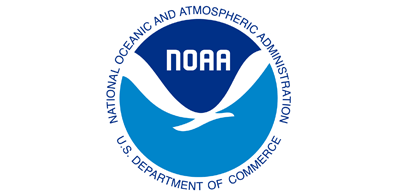Evaluating the Sources and Fate of Triclosan in a Watershed Traversing a Rural to Urban Gradient in Southeastern Pennsylvania
The environmental fate of pharmaceuticals and personal care products (PPCP) in regional waterways is of growing concern. One such product, an antimicrobial agent known as triclosan (TCS), has been the focus of recent investigation. Once released into waterways, TCS can photochemically degrade to form even more toxic contaminants like dioxins. The focus of this research is to identify both traditional sources (i.e., wastewater treatment plants) and non-traditional sources (i.e., non-point sources like leach fields associated with septic systems) of TCS release to the environment and to understand environmental conditions that can enhance TCS degradation. In order to address these questions, both natural and model water samples were prepared and analyzed. Natural stream water samples were collected from 16 locations along the East Branch of the Brandywine Creek located in southeast Pennsylvania. Each sample was chemically characterized and underwent a chemical extraction process to determine their TCS concentration. Additionally, model solutions containing TCS with varying pH’s, salinities and dissolved organic matter were irradiated to determine how these three variables affected TCS degradation rates. Our work confirms that non-traditional sources of wastewater, such as low volume public and privately-operated waste water treatment plants, leach fields associated with septic tanks, and leaching from biosolids; etc. are all viable sources of TCS. This indicates that aquatic environments other than those downstream of major waste water treatment facilities could potentially be exposed to TCS and its breakdown products. Nitrate concentrations could be used as a lower cost alternative for approximating TCS delivery in rural to urban watersheds. It was also determined that higher pH’s, salinity and the presence of dissolved organic material can affect the photochemical degradation rate of TCS, the latter of which has the greatest affect. Therefore, streams with greater amounts of organic material inputs, either natural or from waste waters, could experience greater rates of TCS breakdown and byproduct production. On a positive note, there appeared to be a decrease in TCS concentration between the 2016 and 2017 sampling events indicating that the 2016 FDA ban on TCS in topical antiseptic wash products is helping to reduce its exposure to the environment.



